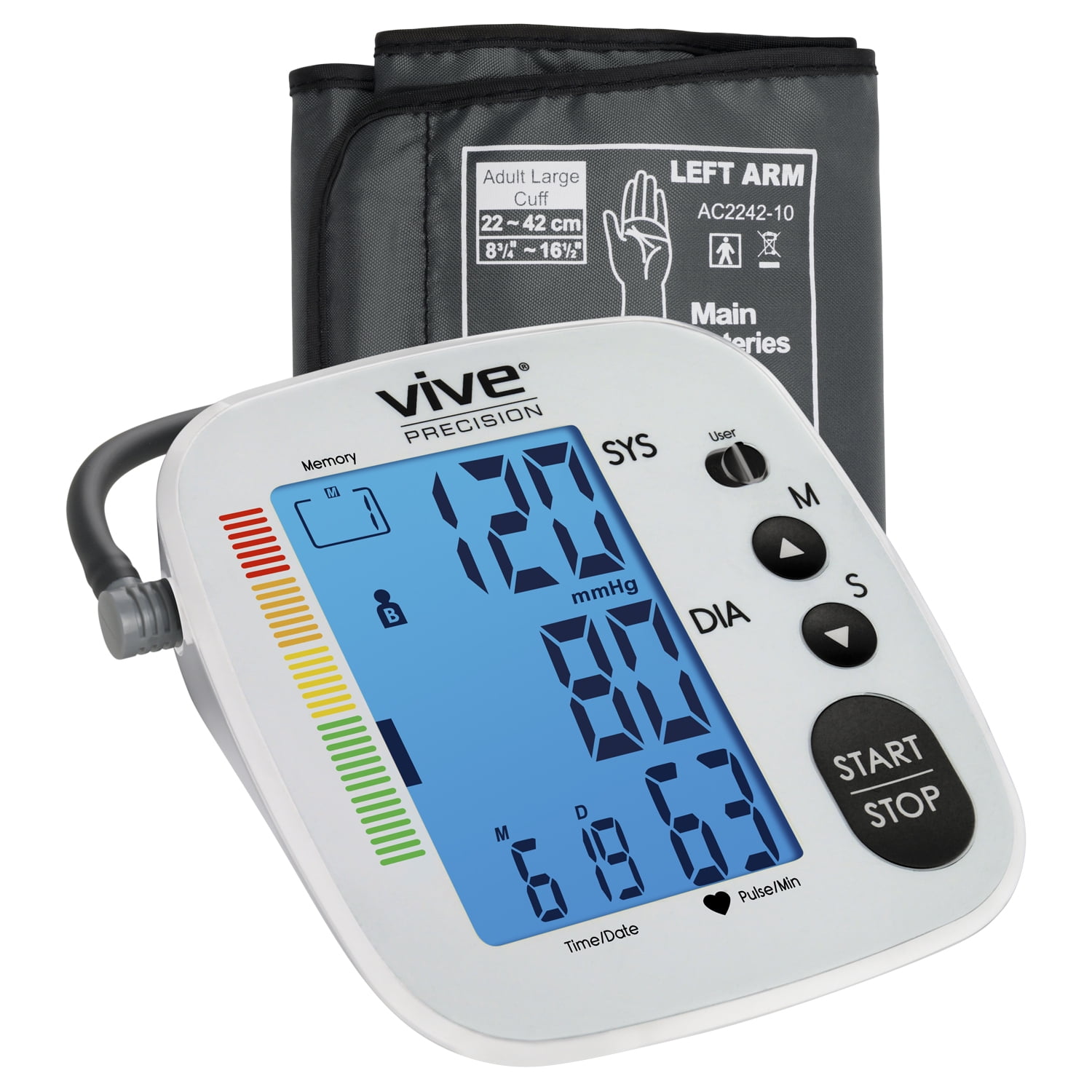

Medical-grade Holter monitors and similar devices are highly accurate. What are the most accurate home ECG monitors? So there’s a chance the symptoms may be gone by the time you hit the “record” button. The other devices require a few extra steps to get the device up and running. That makes it easy to check your heart rhythm whenever a symptom occurs. The Apple Watch is especially helpful because you can wear it on the wrist. Fitbit, Wellue, Omron, and Emay also offer products for use at home. Two common smart, home ECG monitors are the Apple Watch and the AliveCor Kardia devices. What are the most common personal ECG monitors? And most insurance plans don’t cover them since many haven’t been approved or cleared by the FDA. Smart, wearable devices can also be expensive. So there’s a chance they could miss an irregular heart rhythm. But unlike doctor-prescribed ECG monitors, many of them don’t record all the time. “Smart,” wearable technologies can also detect heart rhythms that cause symptoms. If you don’t have any of your symptoms while wearing the monitor, then you may not get an answer. Some people are allergic or sensitive to the adhesive that keeps the monitor in place.
HEART MONITOR MACHINE PROFESSIONAL
The downsides of medical-grade monitors include:Ī healthcare professional must prescribe them, which means you will likely need a doctor’s visit. It can even help when a rhythm problem occurs without symptoms. This helps your medical provider find out what’s happening with your heart rhythm while you’re having symptoms. These devices record every heartbeat that you have and send your tracings directly to your physician’s office. You wear these on your chest continuously for up to 30 days. Holter monitors, or ambulatory heart monitors, are at-home monitors approved for medical use. That’s why other types of ECGs can be helpful. Since the ECG only records for a few seconds, it will only tell you what’s going on with the heart rhythm at that particular moment. Because it just gives a snapshot of what your heart is doing, you might need an at-home monitor to get a better look. Less commonly, you may have an ECG if you are at risk for heart rhythm issues due to a prior heart attack or your family history.īut in many cases, an ECG can only tell you what’s going on at that specific moment. But you may also need an ECG if you have had heart rhythm problems like atrial fibrillation in the past.

The ECG will help your provider know if a rhythm problem is causing your symptoms. If your heart wall may be abnormally thickĬlues about other things that may put you at risk for heart problems If there’s evidence of a heart attack or damage to the heart These record the electrical pattern of the heart from 12 different angles.Īn ECG will tell your healthcare provider: It gives important information about the health of your heart.ĭuring a traditional, or 12-lead ECG, you lie on an exam table, and a provider attaches small sensors (electrodes) to your chest. What can a traditional ECG tell you?Īn ECG is a noninvasive test that your provider performs in a clinical setting.

Here we’ll discuss why people use at-home monitors and how reliable they are. Personal ECG devices became especially useful during the COVID-19 pandemic, when it was more difficult for people to visit their doctor’s offices. But what if you can’t make it to the doctor’s office? New technology has made it possible to monitor your heart rhythm from your smart device. Or you might need to wear a heart monitor to make sure there isn’t a serious heart rhythm issue. If you are having heart symptoms, your provider may recommend an electrocardiogram ( ECG, also called EKG). But sometimes these symptoms are a warning of something more serious. In many cases, they are just your heart’s normal reaction to stress, fatigue, or even changes in hormones. Heart palpitations, skips, and flips are very common symptoms that most of us will experience from time to time.


 0 kommentar(er)
0 kommentar(er)
